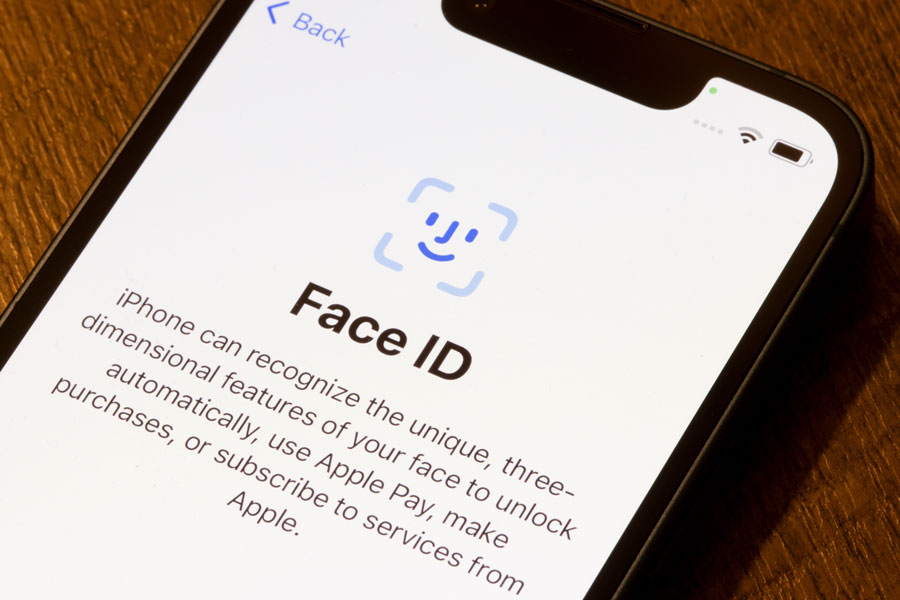Latest iOS Update Includes New Stolen Device Feature; Prevents Thieves From Wiping Phones Or Gaining Access To Apple ID

NEW YORK, NY – Losing your iPhone can be a nightmare. Not only do you lose valuable technology, but you also risk losing important files, personal photos, and even access to your banking apps. However, Apple has introduced a new feature called Stolen Device Protection that aims to make it much harder for thieves to access your phone’s key functions and settings. If you haven’t already, it’s highly recommended that you activate this feature as soon as possible.
The latest iOS update for iPhones and iPads includes this essential new feature, which is designed to prevent thieves from wiping phones for resale or gaining access to your Apple ID and other important accounts. Stolen Device Protection is a setting that comes with the latest iOS release, version 17.3.
This feature adds an extra layer of security for users and addresses a vulnerability that thieves have been exploiting. In the past, thieves could lock victims out of their Apple accounts, delete their photos and files from iCloud, and even access passwords stored in the Keychain password manager to empty their bank accounts. Stolen Device Protection aims to put an end to this.
Phone thefts have been on the rise, with numerous stories popping up on Reddit and in news articles from cities like Los Angeles to New York. Criminals have been using various tactics, such as pickpocketing, “table surfing,” and snatching, to steal phones and gain access to personal information.
With Stolen Device Protection enabled, the feature keeps track of your familiar locations, such as your home or workplace. If someone tries to use your device to perform certain actions when it’s away from these familiar places, they will need to go through additional biometric security measures. This makes it much more difficult for thieves to access your phone’s contents and settings.
The feature also reduces the importance of passcodes, which can be easily stolen by thieves. Instead, it encourages the use of biometric features like Face ID or Touch ID, which are much harder to duplicate.
For example, if a thief tries to erase the contents and settings of your iPhone to sell it, Stolen Device Protection will require a Face ID or Touch ID scan to verify that they are the rightful owner. They won’t be able to use the passcode or any other backup method.
If someone tries to sign out of your Apple ID account, change the passcode, or reset the phone while it’s in an unfamiliar location, they will also have to authenticate using Face ID or Touch ID, wait an hour, and then do a second facial or fingerprint scan. This additional layer of security slows down thieves and prevents them from easily accessing critical security settings.
So, how do you activate Stolen Device Protection? It’s quite simple. First, make sure you have downloaded and updated your iPhone or iPad with the latest iOS update. Then, go to your settings, scroll down to “Face ID & Passcode” or “Touch ID & Passcode,” and enter your passcode. Scroll down further, and you’ll find the Stolen Device Protection option.
Depending on your iPhone model, you may need to tap or toggle to turn it on or off. Just ensure that you’ve already activated two-factor authentication and Find My device for your Apple ID account, or the option won’t appear. That’s it.
It’s important to note that Stolen Device Protection is available for iPhone XS and newer models, including second- and third-generation SE models. If you own one of these devices, don’t hesitate to activate this feature and give yourself peace of mind knowing that your phone and personal data are better protected against theft.


